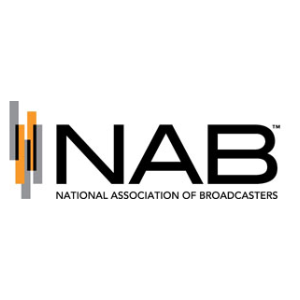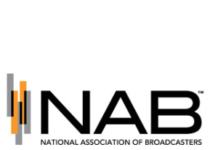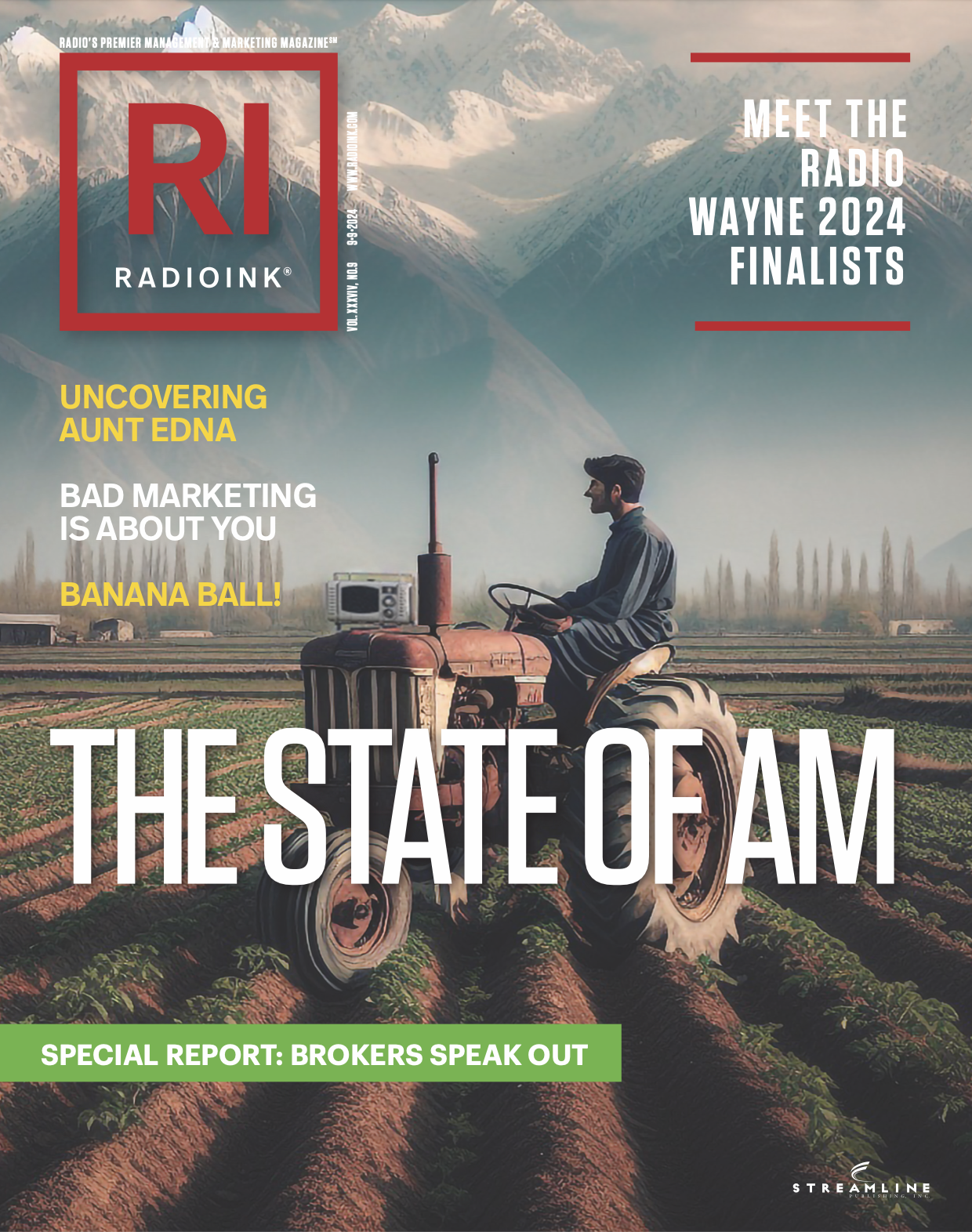
The NAB is fighting back against the musicFIRST Coalition, the Future of Music Coalition, and REC Networks concerning the FCC’s decision to reinstate the FM radio duplication rule. The organization has filed a detailed response to the opposition, arguing its case to the FCC.
This rule, known as the FM Duplication Rule, had originally been eliminated in 2020 as part of the FCC’s broader Modernization of Media Regulation Initiative, which aimed to remove outdated regulations that no longer reflected current industry practices.
The FM Duplication Rule restricted commonly owned radio stations in the same market from duplicating more than 25% of their programming on a weekly basis. The rule was originally intended to promote programming diversity and efficient use of the FM spectrum. However, the FCC eliminated the rule reasoning that it was no longer necessary in an era of increased media competition and diversity of content sources, including digital platforms.
The FCC revisited this decision and reinstated the rule in response to a petition filed by musicFIRST and its allies. These organizations argued that the removal of the rule had the potential to harm competition, reduce localism, and diminish programming diversity.
musicFIRST has lobbied for numerous laws and rules considered detrimental to the radio industry, most notably the American Music Fairness Act, which would levy an additional performance tax on all music.
In a Petition for Reconsideration, the NAB argued that the FCC’s decision to reinstate the FM Duplication Rule was based on speculative concerns rather than concrete evidence. NAB contended that over the four years since the rule’s elimination, the FCC had ample opportunity to gather data on the actual impacts of the rule’s removal but failed to do so. NAB criticized the FCC for relying on outdated assumptions and conjecture rather than seeking out empirical evidence that would justify the rule’s reinstatement.
The NAB’s filing points out that when the FCC first eliminated the rule in 2020, it did so based on the principle of predictive judgment, given the lack of data at the time. However, since the rule’s removal, broadcasters have had four years to operate without these restrictions, providing a real-world context to evaluate the rule’s actual impact. The NAB argues that rather than examining whether the absence of the rule led to the predicted harms, the FCC reinstated the rule without considering any new data or attempting to refresh the record.
The reply reads, “The FCC restored the FM Duplication Rule without any effort to assess whether the removal of the rule had any tangible negative effects on competition, programming diversity, or spectrum efficiency.”
In their opposition to the NAB’s Petition for Reconsideration, REC Networks, musicFIRST Coalition, and Future of Music Coalition reiterated the FCC’s points, emphasizing the need to protect programming diversity and competition. However, the NAB counters these claims by arguing that the opposition did not present any new evidence or data to support their position, without offering tangible examples of harm resulting from the rule’s elimination.
The NAB also questions the FCC’s justification that it did not need to delay the rule’s reinstatement to gather data, arguing that the lack of evidence of harm during the four-year period should have prompted a more thorough review rather than a rush to reinstate the rule.
The NAB’s petition strongly urges the FCC to refresh the record before making any final decisions on reinstating the FM Duplication Rule, offering fact-based foundation for any future regulatory actions.






